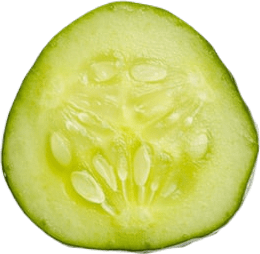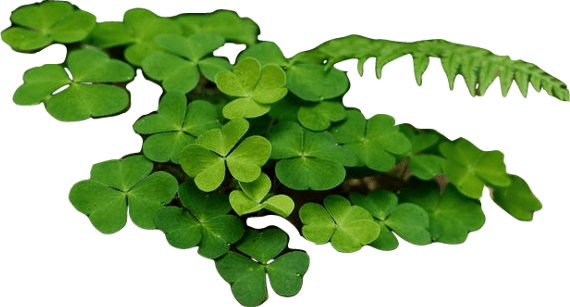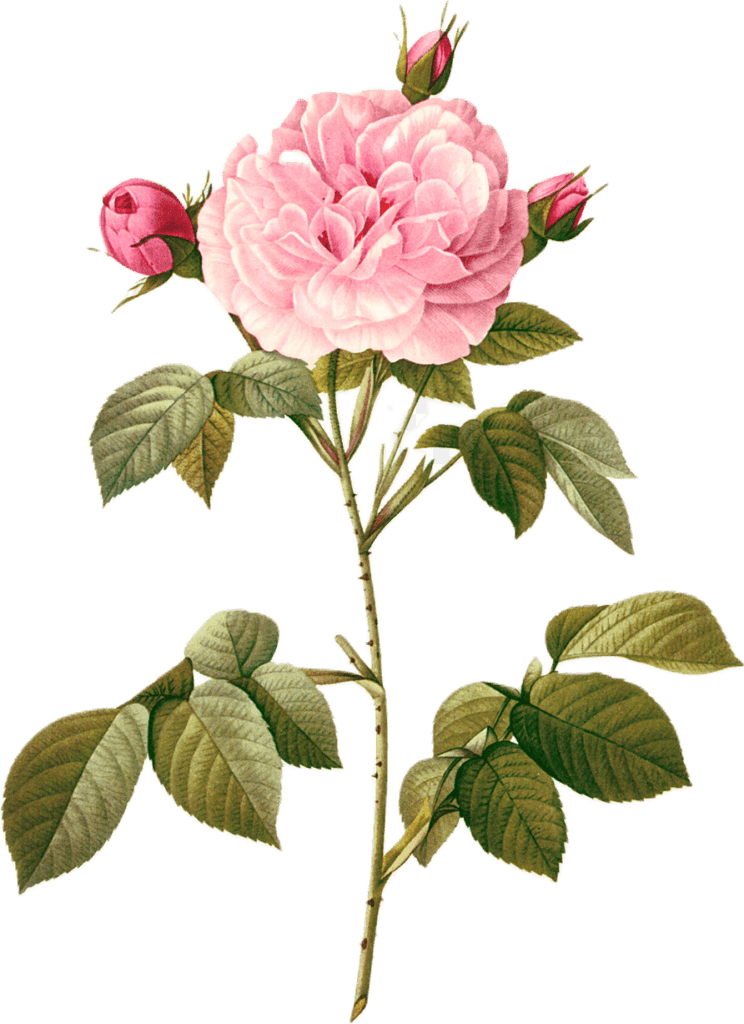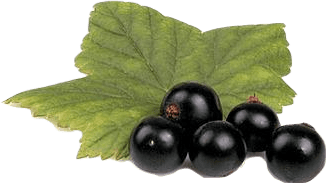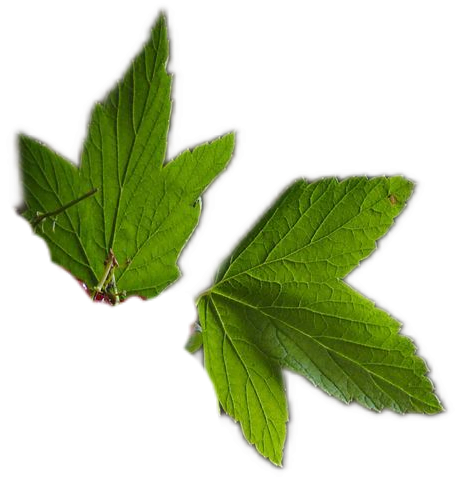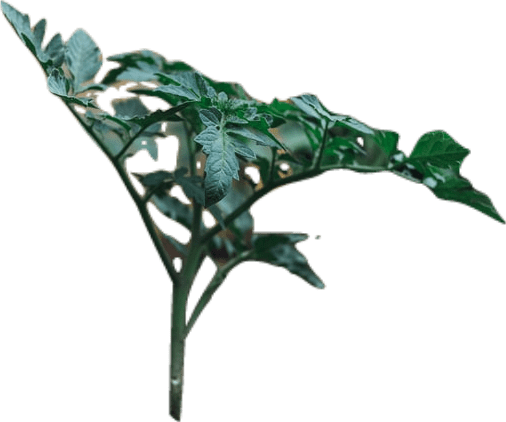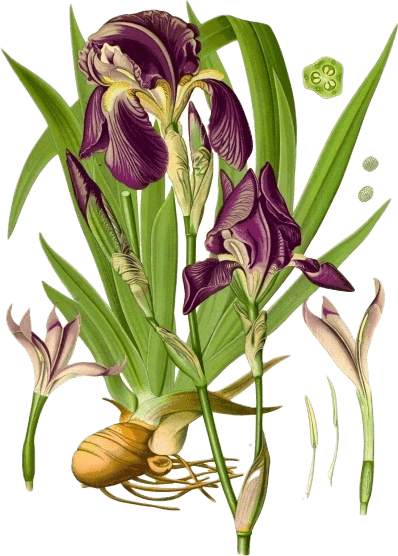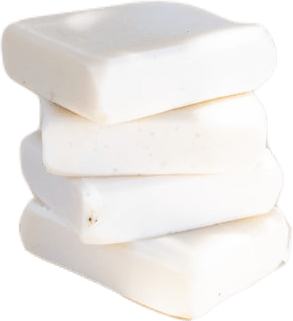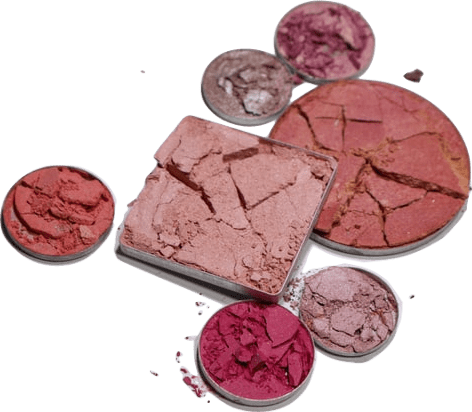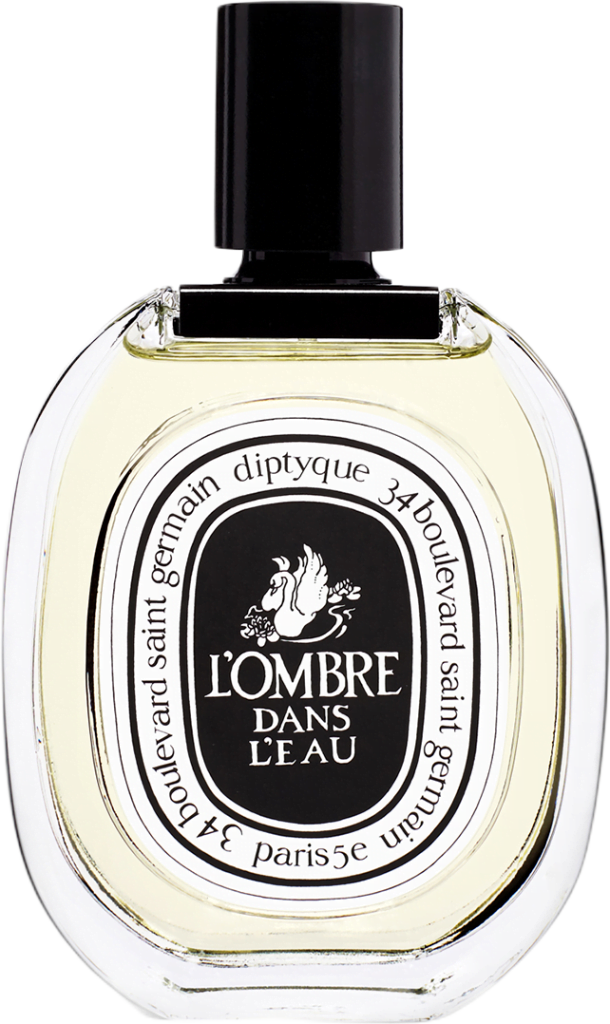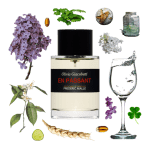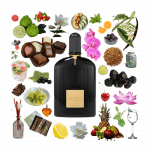L’Ombre dans L’Eau Eau de Toilette by Diptyque Review
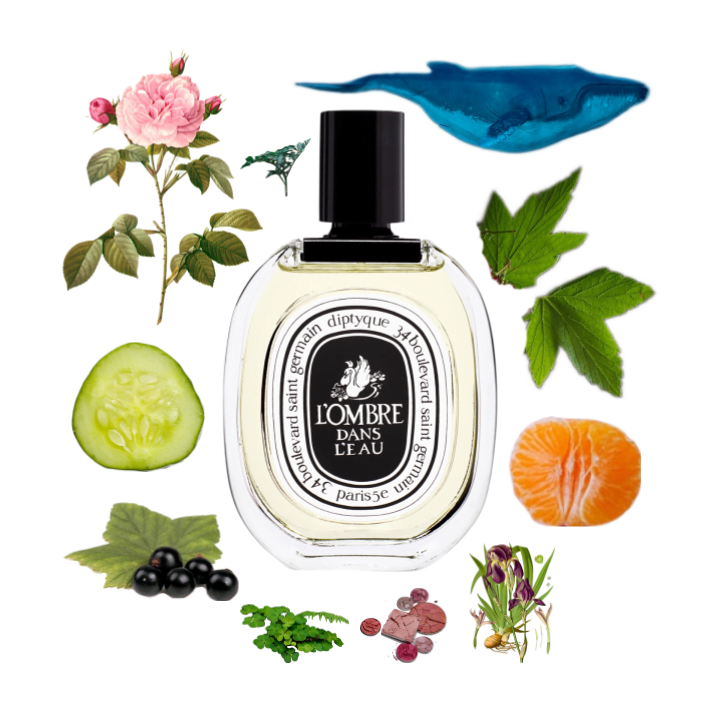
Straight out of the bottle and in the first seconds on skin, this is pure fresh green garden nostalgia.
It’s almost cucumber-y. But not in the way you think.
L’Ombre dans L’Eau has nothing to do with that aquatic calone-melon-y cucumber perfume scent, and everything to do with the smell of the spiney, spiney, hard and bitter dirty skin of a real homegrown cucumber, freshly plucked.
Though Diptyque’s note pyramid lists mandarin orange, I don’t get anything like citrus here. If it’s there at all, it’s the subtlest flourish in the opening green accord, building out its sparkling, snappy freshness rather than contributing any fruity juice.
The real masterstroke of L’Ombre dans L’Eau, in my opinion, that opening fresh greenness. I spend my whole summers elbows-deep in the currant bushes, smelling the fruits and leaves. I’ve never met a currant leaf fragrance that definitely hits that smell on the head, but this one does correctly approximate the aspects of fresh green and bitter snapping wet leaves in equal measure.
So many green scents go aquatic and calone-y, or else they go too clean in a sappy, lactonic sort of direction (Like Diptyque’s own Philosykos). L’Ombre dans L’Eau is neither of these, because it’s not afraid of the bitterness necessary for a true, realistic fresh green garden scent. The bitter, sour, vinegar-y nuances of that tomato leaf, cucumber skin sort of scent are precisely what makes the green here so realistic. I wish it would stick around longer.
Within a minute, the green notes are joined by the freshest, loveliest fragrance rose I’ve ever worn. It reminds me so incredibly much of my proto-fragrance days when I’d wear just a hint of a single floral essential oil, jasmine or neroli or rose. This is an identical pure rose oil, but it’s more than just the oil. It has photorealistic softness and greenness that makes me think of smelling blooming roses in late June and wishing that exact perfect smell would translate to perfumery.
Roses (and, to an extent, florals in general) make me wary in fragrance, because I loathe the way they can end up soapy, plastic, artificial. So many florals I’ve smelled are just odd hand soap scents that make me forget the aroma comes from flowers originally at all. But this? This rose is as real as the night, creamy and pale pink.
Despite the listed black currant note, I get no fruit at all here. I grew up growing currants and am very familiar with what they smell like. There’s nothing here I’d call fruity.
The green and wet and bitter aspects of this do remind me of weaving through the wet currant bushes to pluck fruit in between summer showers, but nothing here is fruity like a pie or a still life bowl of fruit or a cupcake. I’m hesitant about fruit, especially in “clean” scents, as I feel they go straight into shampoo territory, but I’m relieved not to get any of that here.
I have yet to meet a fragrance that really does black currant right. I’m picky, loving them as I do, but black currant scents are so often either over-sugared Ribena concoctions or squeaky clean body washes or both. I’m glad L’Ombre dans L’Eau abstains from trying to recreate the smell of the fruit (at least on me) and opts for leaning into the wet, green summer scent of the leaves.
This is a decent black currant leaf (or cassis) note. It’s not bang-on realistic, but it isn’t watered down or coated in sugar. On me, this is much more a tomato leaf note than it is a black currant leaf. It’s even fresher, snappier, greener than the typical black currant leaf, which often has a sort of dryness to it, stretching out paper-thin in the sun.
No, this is a wet tomato plant through and through. It’s a bit cleaned up and perfume-y, sure, but it’s tidied up in such a way that blends in with the pink purity of the rose. This isn’t quite as zingy and realistic a tomato leaf note as in Hermès’ Un Jardin sur le Nil. It’s missing that prickly texture of tricombs oozing neon green juice, giving you tomato hands stained with brown tar that doesn’t wash off for days.
No, this is the mature tomato plant cleaned up for the county fair. She’s fresh, green, and utterly polite, playing energetic younger sister to the pretty, bashful pink rose. They’re scrubbed down, not as bitter as they were in the wild, but their hearts are recognizable. They come out in their little country fair outfits, the colored ribbons in their hair, the way they chase each other around and laugh as their mother tries to clean the smudges off their cheeks.
As the rose continues to dominate, some soft hints of warm, ambery sweetness start to peak through. The ambergris and musk provide a touch of sweet and warm that is, at first, a lovely and pleasant contrast to the fresh outdoor smells of the rest of the pyramid. In time, though, I fear these lead into a dull finish and make for an uninspired base of the pyramid.
From 3 hours in and onward, something odd happens: the scent becomes almost powdery, in a rooty way, like orris root. It’s the fusty, dirty, sickly-sweet root powder smell that enchanted me in Perry Ellis’ Perry Woman, just toned down a bit.
This accord creeps in out of nowhere, with nothing but a tiny touch of ambery warmth to warn of its arrival, so I honestly have no idea what it’s made of or how it’s done. Sometimes I get a sense of it much earlier in the scent, particularly outdoors. It’s a sweetish, almost earthy, rooty sort of powdery accord that blends seamlessly with the fresh blush pink roses.
It’s a touch of nondescript sweetness, like a cupboard holding an expired bottle of Dior’s Hypnotic Poison. It isn’t unpleasant, but it does get dull at times. It makes me miss the greens and rose and go rooting for them in the powder, where there are still hints of what was there before, but they’re faint as a dream that’s failed to become a memory.
Through the latter two thirds of the 9 hours or so that this lasts, I find myself missing the first few hours dearly, with their perfect greens and rose. Perhaps that nondescript amber sweetness is more welcome in colder months.
The drydown of L’Ombre dans L’Eau contains a deep muskiness. Unlike some late musky drydowns, though, the musk here doesn’t take over, making this an increasingly silky, lusty whisper of a perfume. No, the musk here knows its place. It softens and accentuates the delicate pink rose, helping it stick around longer.
There’s just a hint of skin-like saltiness here. I’m reticent to even call it salty. It isn’t salty like a general saline note, or even your typical overdose of ambroxan. It certainly isn’t anywhere near metallic. No, there’s something in the musk of the drydown here that makes it smell just a bit more like warm skin. It’s like the faintest tinge of sweat clinging to a loved one’s skin on a balmy day. Intertwined with the lingering green freshness of the tomato vine, it brings some fresh air into L’Ombre dans L’Eau, keeping it from getting too powdery or stuffy.
It’s a little like smelling a hint of sweat on someone you love. It makes you smile. It’s a subtle thing, but it makes the whole fragrance smell more lived-in and warm, more welcoming and soulful and alive.
This is the ambergris note in the drydown. It’s majestic yet understated, accentuating all of the other notes without drawing any attention to itself. I wouldn’t have noticed it at all if I hadn’t known what to look for. Nothing here feels overtly salty, just musky in a way that feels warm and like the skin of someone you love working in the wet tomato garden.
It doesn’t bring too much vanillic amber sweetness to the table, either. The note is more about texture, lending an intimate softness and muskiness to the scent and helping its other notes project much longer. It makes me think of the way dampness and humidity naturally amplify smells outdoors. There’s so much in L’Ombre dans L’Eau that feels gloriously wet to me, and perhaps much of that effect is the subtle amplification of ambergris.
This is an excellent use of ambergris. It’s not here to say much, but it brings out the heart and the warmth of the other components of L’Ombre dans L’Eau. The subtle touch makes this perfume feel that much more human and loving, when its green-and-rose combination has such potential to be cold. It’s a subtle thing, but it really shows the mastery Serge Kalouguine had in composing this artful perfume.
The minimalism and expert blending and composition are really striking in this one. Wet, wild garden greens to the most realistic rose to an odd rooty powder and ambergris musk drydown. It’s a simple enough sequence, but the way each phase obscures what comes next and then elegantly gives way is absolutely masterful. The first few minutes and hours of this one in particular are something absolutely delicious I’d like to bathe in.
So often, I take in a fresh or green scent and am disappointed in comparing the experience to any mundane whiff of air outdoors, even far away from anything green. Scents billed as clean often present either a hotel soap or some uncanny valley smell of earthless, purified sap, or else of something too sharp, but not quite sharp in a natural way. Somehow, this one is fresh and lovely without going in any of those directions.
Somehow, L’Ombre dans L’Eau captures something of the fresh pleasure of a deep breath of real outdoor air better than anything else I’ve smelled so far. Sure it’s not perfect, and it’s not at all identical to the real thing, but there’s a sparkle of the real here. It brings me back to all kinds of green garden activities, watering and collecting cucumbers and tomatoes and currants, and the rose is delightful. This is delicious. It’s de-lovely, even.
That’s right. Put on some Cole Porter. L’Ombre dans L’Eau deserves it. Though the fresh, realistic green tomato leaf note is rather modern, the vintage nature of the late rose, orris root powder, and ambergris fits right in with the glamour of the 1930s.
Though the long amber-powder-rose tail of a drydown does get dull at times, the innovation in the first hours of L’Ombre dans L’Eau is entirely worth it. This doesn’t come into my summer rotation as often as it otherwise might as my favorite phase of it is over oh-too-soon. There’s no doubt in my mind, however, that this is a perfume that made an impact on the industry. It combines an impressively modern and realistic crisp green edge with a classic soft pink rose note, couched in subtle musky ambergris and dusted with just a little powder.
L’Ombre dans L’Eau is novel for its time — I couldn’t believe this came out in 1983 and not 2013 — and gloriously subtle and smooth. The notes are of a high quality, and the effect is both classic and a little daring in its tomato freshness. This is a great choice for any kind of occasion and could make a great signature, particularly in the warmer months.
As for the name, I don’t know that it fits the scent. L’Ombre dans L’Eau translates to “the shadow in the water.” Sure, there’s water here, cool and refreshing, but nothing about this Diptyque is at all shadowy, or even very mysterious. It’s honest and up-front about what it is: a cleaned-up, perfume-ified version of the smell of a wet green rose garden. No shadows or secrets here, just green leaves glistening with tiny water droplets in the late afternoon sun.
The glorious green freshness of this perfume is something I love to savor from time to time. I’m excited to try other fragrances like it, since I’m sure it inspired many. This is a Diptyque classic for a reason. If you love the green scent of freshly-watered tomato plants and homegrown roses, look no further. L’Ombre dans L’Eau might just feel a little bit like summertime at home.
Where to Find L’Ombre dans L’Eau Eau de Toilette by Diptyque
You can find samples, decants, and full bottles of L’Ombre dans L’Eau EdT at Scent Split.
This is an affiliate link. If you click on it and buy something, the seller pays me a commission, at no extra cost to you. You can learn more about them here.
